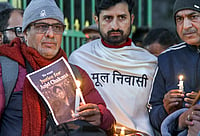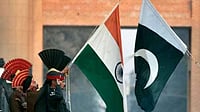Under each of the nine categories, various parameters were considered: literacy, ability to read, education development were all under Education; infant mortality, life expectancy, medical access under Healthcare; malnutrition of toddlers formed part of Poverty Reduction; sex ratio, literacy and fertility rate came under Women’s Empowerment; roads, housing, power, communication facilities made up Basic Infrastructure; pending cases, heinous crime and number of undertrials per 1,00,000 population under Citizen Security; availability of potable water and toilets under Water and Sanitation; unemployment rate and levels of workforce participation in Employment; and levels of pollution under Environment.
The jury, along with PricewaterhouseCoopers (PwC), decided the framework and weightages to be attached to each of the nine categories. Data for multiple periods was collated and weightages were attached to data of various periods (highest weightage accorded to the data of latest period). In case there was no data for a parameter within a category, the specific state/UT was not considered. And wherever the data was unavailable for a specific time period (and not for all time periods), the nearest time period was used. Normalisation method was used to convert data into the final scores.






















